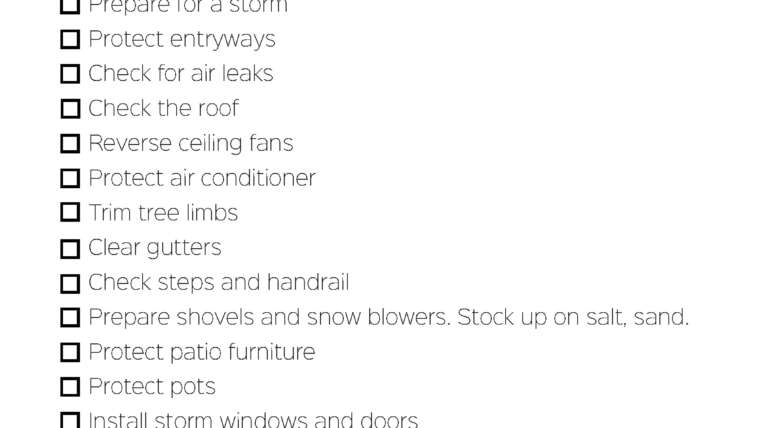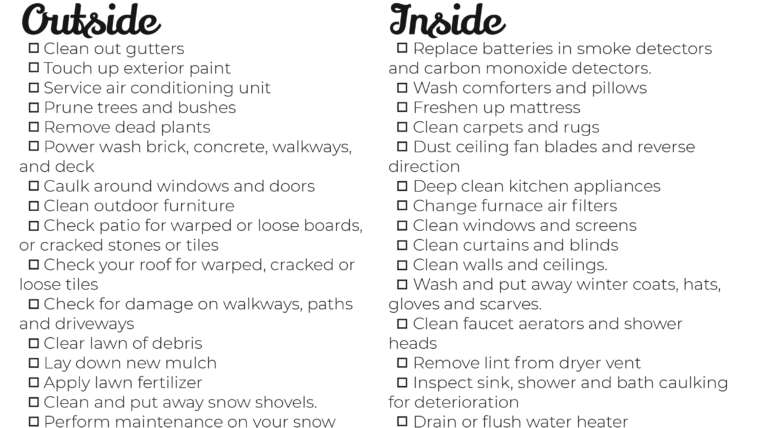
How to make sandbags for flooding
Flooding accounts for 90% of natural disasters in the United States. It can occur anywhere and be very unpredictable.
Sandbags can be used to reduce the impact of flooding on your home or business. While they might not stop the water completely, they can divert water – potentially limiting the damage.
Sandbags can be burlap, polypropylene, polyethylene, or nylon. They can be purchased at some home improvement stores and online. Ideally, you should choose a bag with the greatest amount of durability and water resistance.
If you are in a pinch you can use garbage bags or pillows filled with sand.
Filling sandbags
Sandbags are traditionally filled with, well sand. Clay, gravel and dirt (or some mix) can be used if sand is not readily available.
Fill your sandbag no more than two-thirds full, do not tie the top of the bag unless you plan to transport the bag. Be careful not to overfill or they will be too heavy to carry. You may need an additional person to help carry the bags, or you can use a wheelbarrow.
If you are filling the sandbags in place then fold over the top flap of the bag, leaving room so that the sand can move around when placed.
Placing sandbags
Start by clearing any debris or items from the area where you want to build the wall. Sandbags should be placed outside of a structure to prevent water from entering.
It is not necessary to place a wall surrounding the building but only at areas where water can easily enter, i.e. doorways, vents. Be sure to leave one door as an access point to the building, placing the wall outside the radius of the door swing.
Lay down a layer of plastic sheeting to act as additional water resistance, placing the sandbags on top. Place the bags lengthwise, parallel to the direction of the water flow. Flaps can be tucked under each individual bag or you can place subsequent bags on top of the flap of the neighboring bag. Flatten out each row before stacking additional bags.
Stagger the bags in the second row to create a brickwork pattern. The number of layers required will be dependent on expected water levels. Two-three layers is generally sufficient.
If you are building over three rows high, you should build the wall in a pyramid shape. The base of the pyramid should be three times wider than it is tall with the bags overlapping at the same.
Sandbags can be additionally placed over floor drains to prevent any backflow of grey water from entering the structure.
After the rain has gone
Once the rains have ended and flood water has receded it is time to remove your sandbag wall. If your bags allowed for floodwaters to permeate the bags, they should be disposed of. Floodwater can contain chemicals, waste and other contaminants. Sturdy gloves should be worn when handling the bags. Water will also make the bags much heavier so ask for help or use a wheelbarrow when removing the bags.
Contact your local municipality on the best way to dispose of used sandbags.





